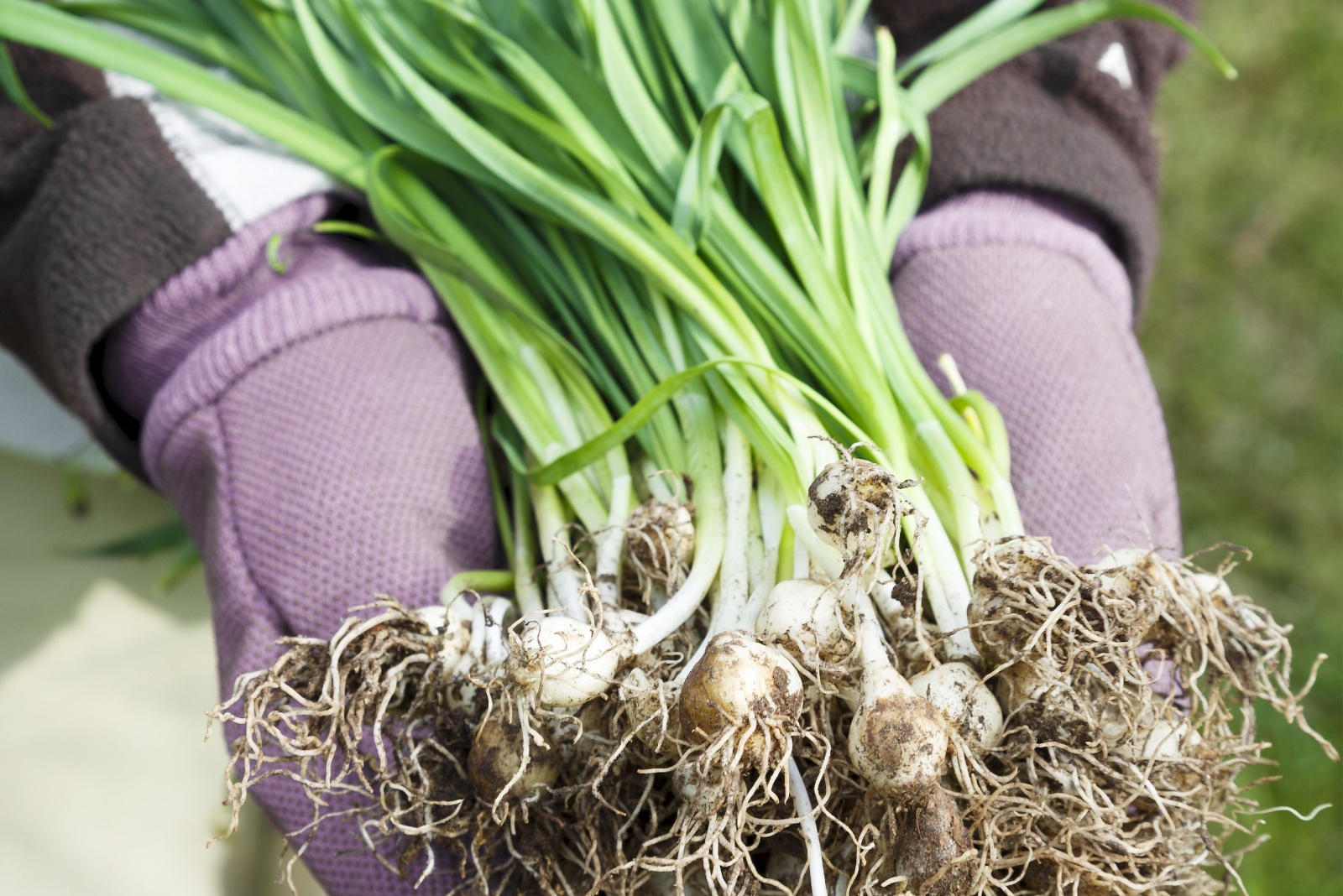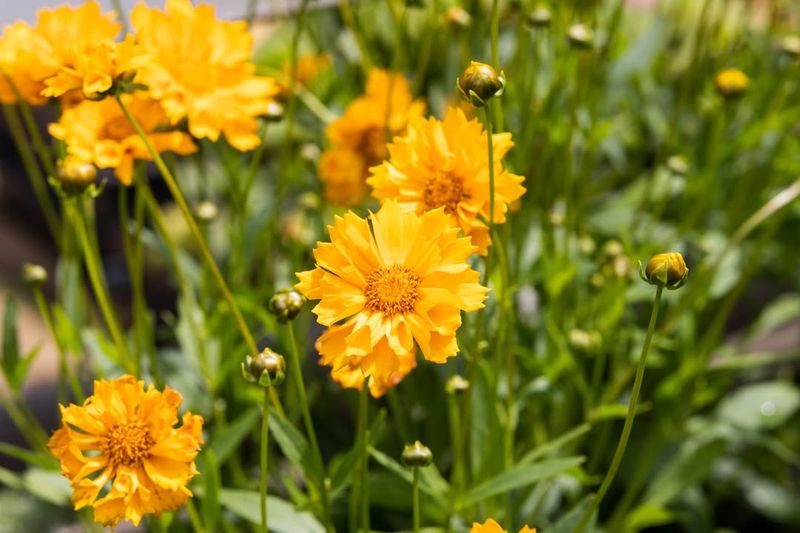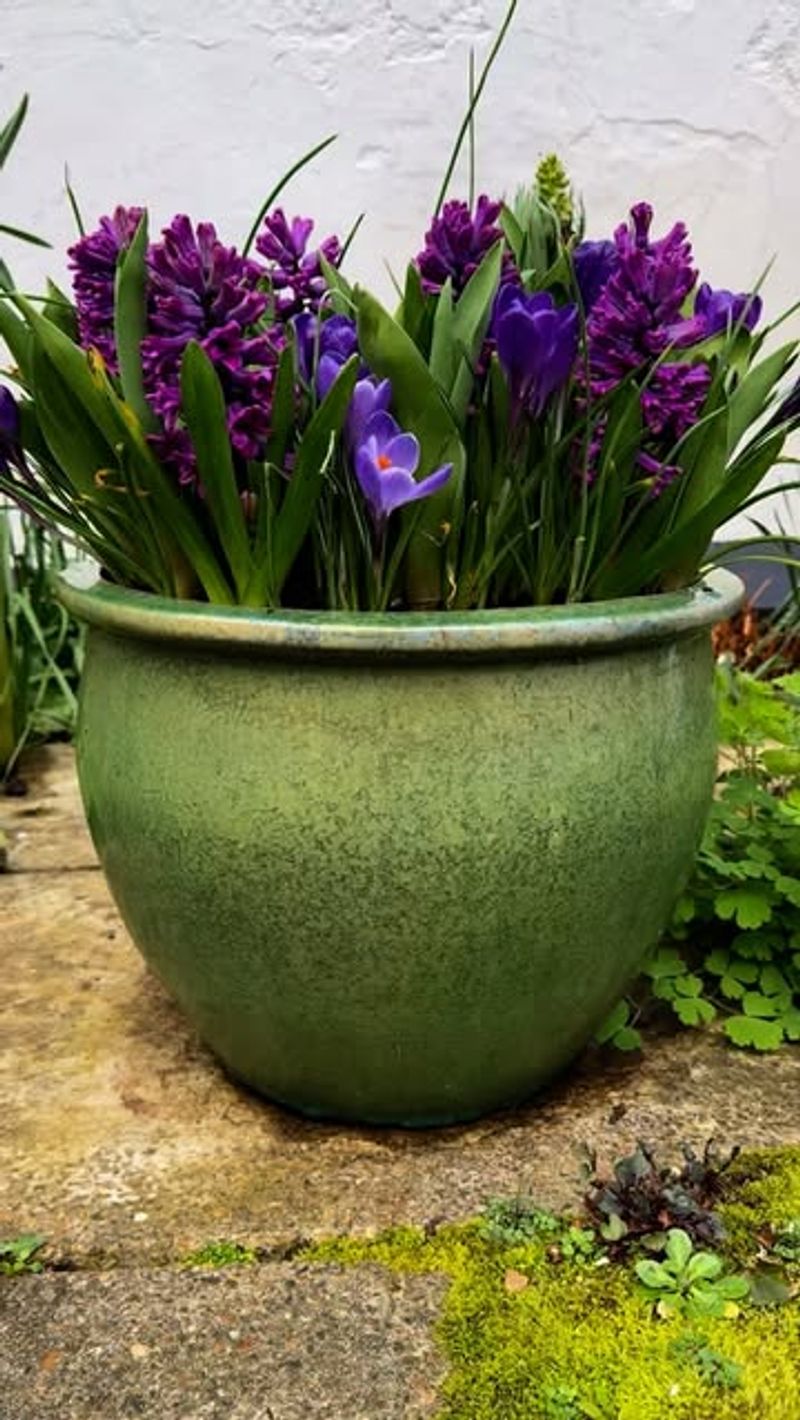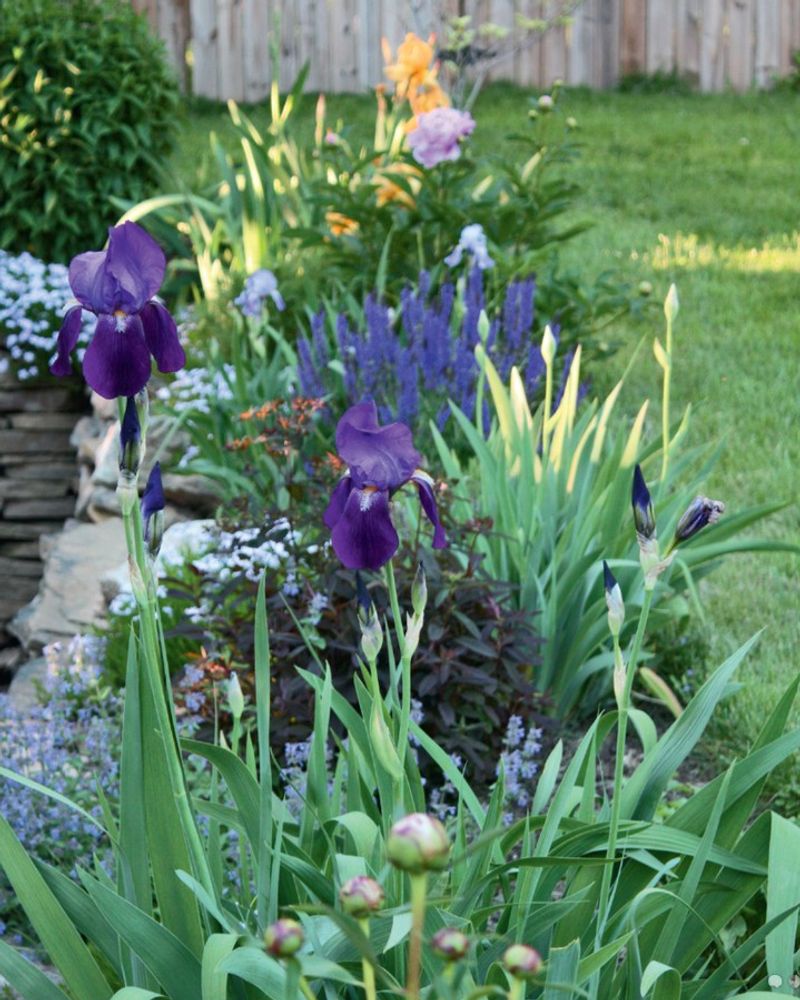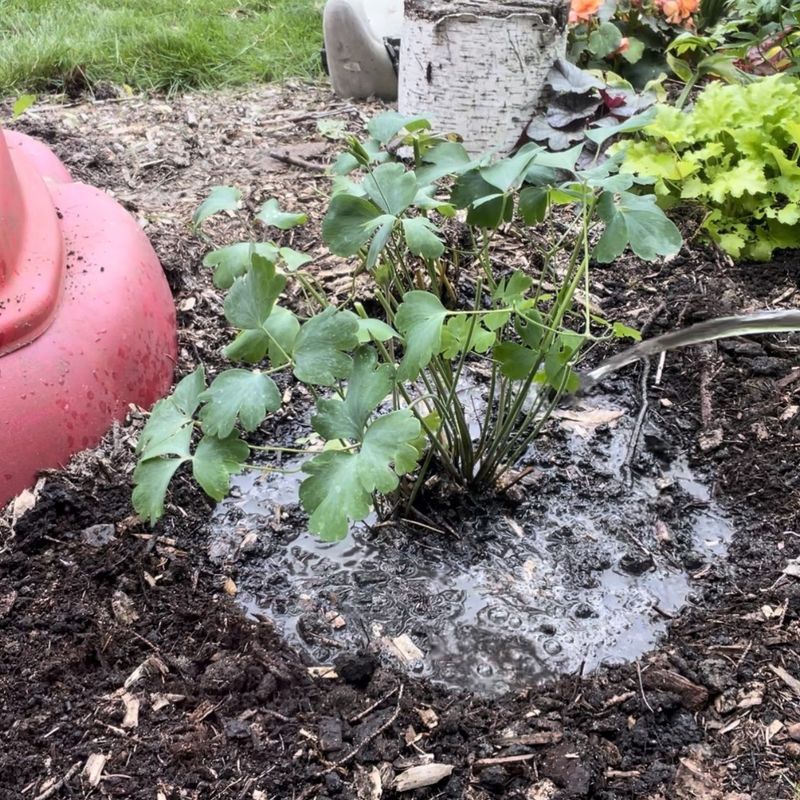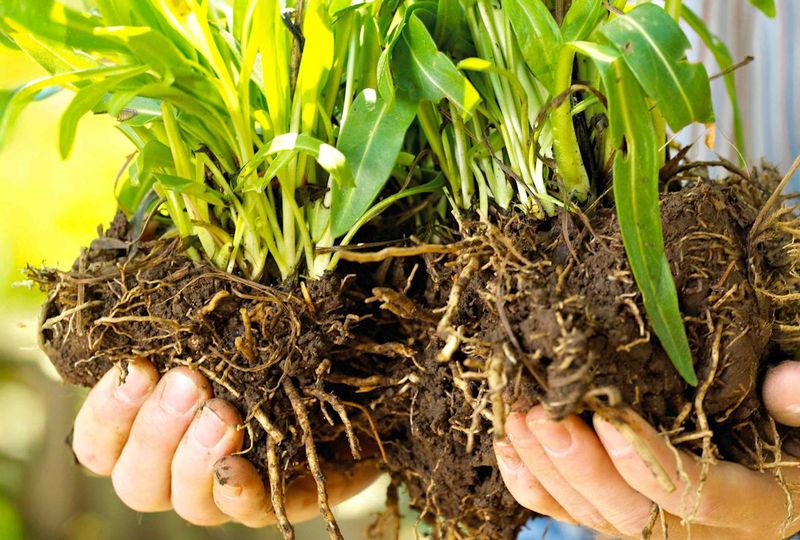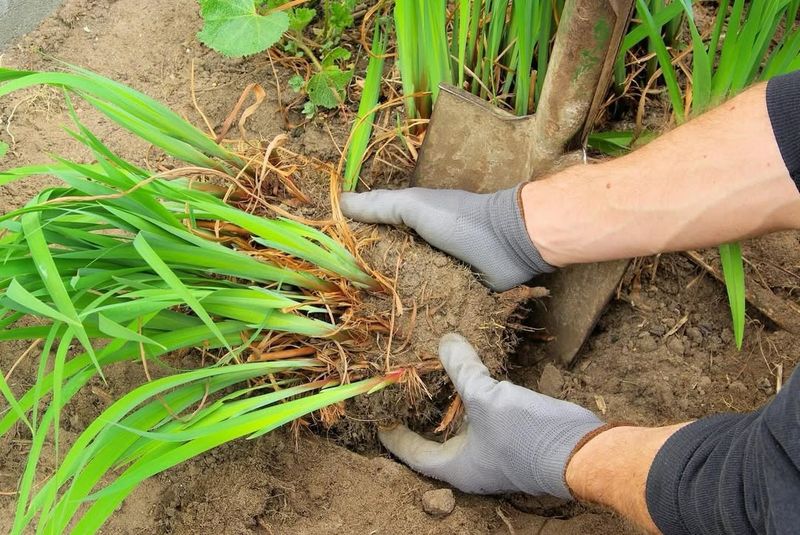Fall is a prime time for gardening in Ohio, especially when it comes to dividing perennials. Cooler temps and softer soil make the job easier—and better for your plants.
Timing is everything. Dividing too early or too late can leave flowers stressed and struggling to recover.
I’ve found that wilting centers, crowded roots, or fewer blooms are clear signs it’s time to dig in. With the right cues, your garden will bounce back stronger next spring.
1. Your Plant Has A Dead Center
When perennials grow outward year after year, the middle section often dies off while the outer edges stay green. This creates a donut-shaped plant with a bare, lifeless center.
Dividing now gives each section fresh soil and room to develop strong roots. Your plants will fill in beautifully next spring instead of looking hollow and tired. Ohio’s cool fall temperatures make recovery much easier on freshly divided plants.
2. Flowers Are Smaller Than Usual
Have you noticed your blooms shrinking over the past couple of seasons? Crowded roots compete for nutrients, water, and space, leading to disappointing, tiny flowers.
Splitting overcrowded perennials gives each division access to more resources. Within one growing season, you’ll see fuller, bigger, and more vibrant blooms again. Fall division in Ohio allows roots to establish before winter dormancy sets in.
3. Fewer Blooms Appear Each Year
A plant that once exploded with color might now produce only a handful of sad-looking flowers. Overcrowding forces plants to focus energy on survival rather than spectacular blooms.
Division rejuvenates tired perennials by reducing competition among roots. Each new plant section can channel energy into producing abundant flowers instead of fighting for survival. September through early October offers ideal conditions in Ohio for this garden refresh.
4. The Plant Flops Over Or Spreads Too Wide
Perennials that sprawl across pathways or collapse under their own weight have outgrown their space. This floppy, uncontrolled growth signals root congestion below the surface.
Breaking apart overgrown clumps restores manageable size and upright growth habits. You’ll enjoy neater garden borders and healthier plants that stand tall without staking. Cool Ohio fall weather reduces transplant shock, helping divisions settle in successfully.
5. Roots Are Circling The Base Or Poking Through Soil
Visible roots winding around the plant base or emerging from the ground indicate serious overcrowding. These roots have nowhere left to grow and desperately need more space.
Dividing frees tangled root systems and promotes healthy expansion. Each section gets room to develop strong, spreading roots that support vigorous growth. Fall’s moist soil and moderate temperatures in Ohio create perfect conditions for root establishment before winter.
6. The Plant Hasn’t Been Divided In Three To Five Years
Most perennials benefit from division every three to five years, even if problems aren’t obvious yet. Regular division prevents issues before they start and keeps plants performing at their best.
Proactive splitting maintains plant vigor and maximizes flower production season after season. You’ll avoid the decline that comes from waiting too long. Ohio gardeners should aim for mid-September through mid-October when temperatures support quick recovery.
7. Foliage Looks Weak Or Yellowing Despite Good Care
When leaves turn yellow or look thin despite proper watering and fertilizing, root crowding might be the culprit. Packed roots can’t absorb nutrients efficiently, even in rich soil.
Giving each division fresh ground and breathing room restores nutrient uptake and vibrant foliage. Your plants will green up and thicken beautifully by next spring. Ohio’s fall season provides the moisture and coolness plants need to recover and thrive.

